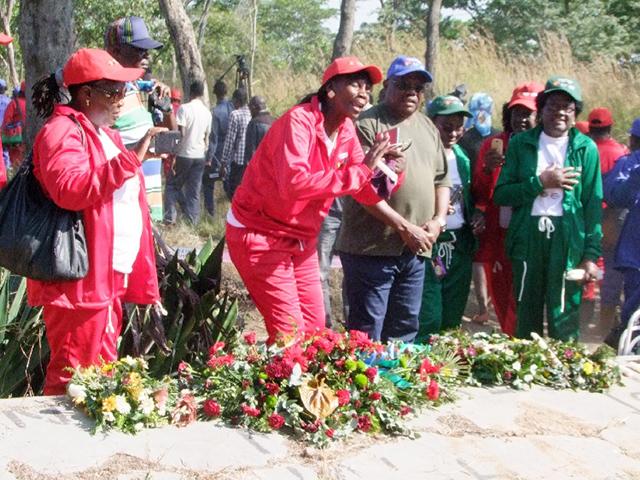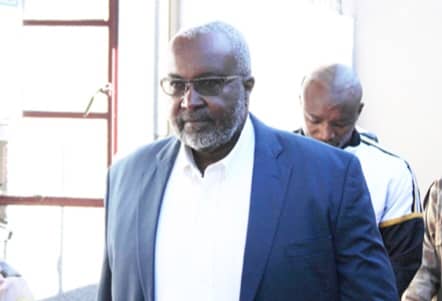CABINET has extended the deadline for NamPower to break even on the delivery of electricity.
The initial plan was that the power utility’s electricity tariffs would reach a ‘cost-reflective level’ by next year. This has now been extended to the 2011-12 financial year.As a result, while the price of electricity will go up, it will not be increased by as much as originally envisaged.NamPower applied to the Electricity Control Board (ECB) in March for annual effective tariff increases for bulk consumers of 18 per cent, but was only granted 15 per cent.Effective increase means the average increase which various customers will see on their monthly bills. It now depends on municipalities how much of the hike they will absorb or if they will pass it on to consumers. Cost reflectivity means that the power utility is allowed by the regulator to recover all costs of supplying electricity from the consumer.’In order for NamPower to reach cost-reflective tariff levels by 2011, an average increase of 18 per cent is needed over the next two years. In view of the current economic conditions, the electricity regulatory authority, the Electricity Control Board (ECB) recommended that this is not a viable option and that it will seriously affect the mining and manufacturing industries as well as the end-consumers,’ says a statement on the latest Cabinet resolutions.In September 2005, Cabinet decided that NamPower tariffs should reach cost reflectivity by next year. As a result, the ECB has granted NamPower tariff increases over the past three years.’In the ECB’s opinion, the only way to protect the economy and the consumer at this stage, as well as NamPower, is to request Cabinet to grant extension of the date to reach cost-reflective tariff levels for NamPower a year later, being the 2011-12 financial year,’ according to the statement.Meanwhile, the ECB has further granted NamPower permission to start implementing Time-of-Use (TOU) tariffs for NamPower’s transmission supply customers from July 1. The ECB is of the opinion that TOU tariffs will play a very important role in demand-side management and in providing the correct pricing signals to consumers. This means that companies and households will be charged the highest tariffs during peak demand hours such as from 06h00 to 11h00 and 17h00 to 20h00 until August. Between September and May, peak tariffs will be charged between 07h00 and 12h00 and 18h00 to 21h00. Peak tariffs will not be applicable on Sundays.brigitte@namibian.com.na
Stay informed with The Namibian – your source for credible journalism. Get in-depth reporting and opinions for
only N$85 a month. Invest in journalism, invest in democracy –
Subscribe Now!










